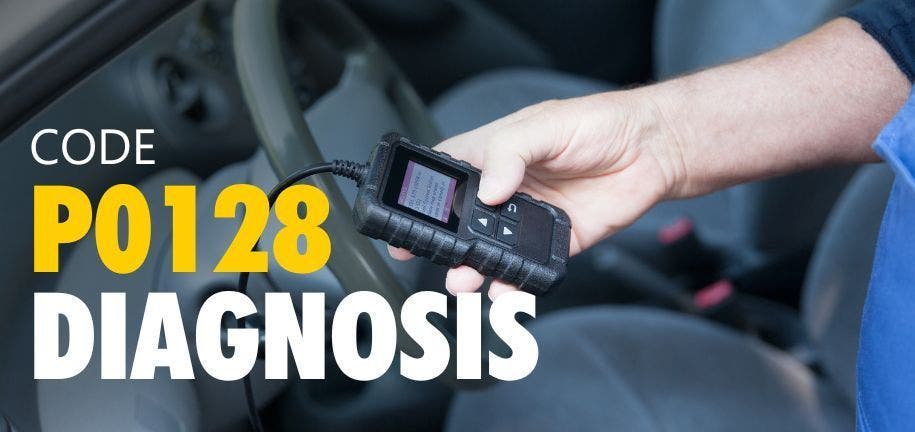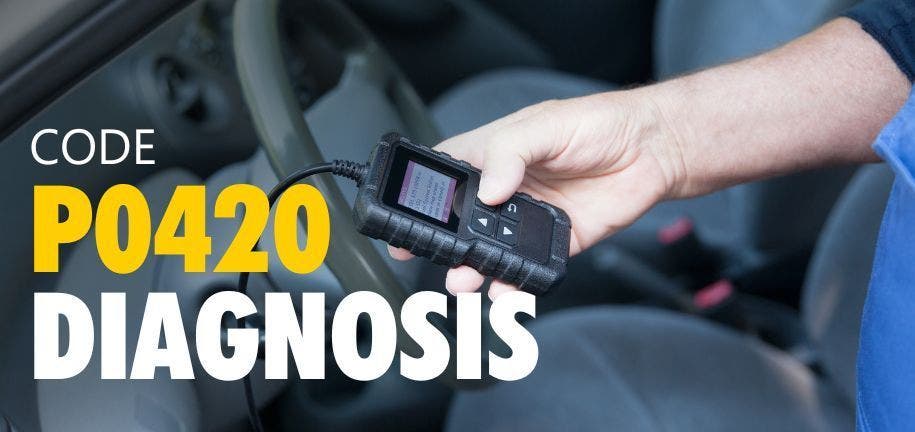In the world of automotive diagnostics, the dreaded check engine light can cause anxiety for many drivers. It serves as a warning that something may be amiss under the hood. One of the common culprits behind this warning is the P0171 engine code. In this blog post, we'll explore what code P0171 means, its significance, and how it can affect your vehicle's performance.
What is Code P0171?
Code P0171, also known as the "Fuel Trim System Too Lean (Bank 1)," is a diagnostic trouble code that your vehicle's onboard computer (ECU) generates when it detects an imbalance between the air and fuel mixture in the engine's cylinders. To fully grasp the implications of P0171, let's break it down:
- Fuel Trim System: Modern vehicles are equipped with sophisticated fuel management systems that continuously monitor and adjust the air-fuel mixture to optimize combustion. The "fuel trim system" refers to this process.
- Too Lean: The term "too lean" indicates that there is an excess of air compared to the amount of fuel being injected into the engine cylinders. In other words, there is insufficient fuel for the combustion process.
- Bank 1: Many vehicles with multiple cylinders are divided into banks, typically referred to as Bank 1 and Bank 2. Code P0171 specifies that the issue is occurring in Bank 1 of the engine.
Common Causes of Code P0171
Several factors can trigger the P0171 engine code, and diagnosing the exact cause may require the expertise of a mechanic. However, here are some common culprits:
- Vacuum Leaks: A leak in the vacuum system can allow unmetered air to enter the engine, upsetting the air-fuel ratio.
- Faulty Mass Airflow Sensor (MAF): The MAF sensor measures the incoming air's volume and density, crucial for determining the right amount of fuel to inject. If it malfunctions, it can cause a lean condition.
- Dirty or Clogged Fuel Injectors: When fuel injectors become dirty or clogged, they may not deliver the right amount of fuel, leading to a lean condition.
- Faulty Oxygen Sensor (O2 Sensor): The O2 sensor monitors the exhaust gases and provides feedback to the ECU for fuel trim adjustments. A malfunctioning O2 sensor can cause inaccurate readings.
- Fuel Delivery Issues: Problems with the fuel pump, fuel pressure regulator, or a clogged fuel filter can disrupt the fuel delivery, leading to a lean condition.
Effects of Code P0171
Ignoring or neglecting a P0171 engine code can have adverse effects on your vehicle:
- Reduced Fuel Efficiency: A lean mixture can result in poor fuel economy, costing you more at the pump.
- Decreased Performance: Your vehicle's power and acceleration may suffer, leading to a less enjoyable driving experience.
- Engine Damage: In extreme cases, a consistently lean condition can lead to engine damage, including overheating and internal component wear.
How to Fix Code P0171
Addressing code P0171 is crucial to maintain your vehicle's performance and fuel efficiency. While some causes may require professional attention, there are steps you can take to diagnose and potentially resolve the issue on your own:
1. Check for Vacuum Leaks:
- Visual Inspection: Inspect hoses, gaskets, and connectors in the vacuum system for cracks or loose fittings. Replace or repair damaged components as needed.
- Use a Smoke Tester: If a visual inspection doesn't reveal any obvious issues, consider using a smoke tester to identify hidden vacuum leaks.
2. Clean or Replace the Mass Airflow Sensor (MAF):
- Cleaning: If your MAF sensor is dirty but not damaged, you can often clean it with a specialized MAF sensor cleaner. Follow the manufacturer's instructions for cleaning.
- Replacement: If cleaning doesn't resolve the issue, consider replacing the MAF sensor with a new one. Ensure you get a compatible sensor for your vehicle's make and model.
3. Inspect and Clean Fuel Injectors:
- Fuel Injector Cleaner: Add a high-quality fuel injector cleaner to your gas tank to help clean clogged injectors. Run your vehicle to allow the cleaner to work through the system.
- Professional Cleaning: For severe cases, consider having a professional service clean and test the fuel injectors.
4. Check the Oxygen Sensor (O2 Sensor):
- Replacement: If your vehicle's O2 sensor is faulty or has exceeded its lifespan (typically around 100,000 miles), consider replacing it. Ensure you select the correct sensor for your vehicle's bank and sensor position.
5. Inspect Fuel Delivery Components:
- Fuel Pump and Pressure Regulator: Test the fuel pump's pressure and ensure it meets the manufacturer's specifications. Check the fuel pressure regulator for proper function and replace it if necessary.
- Fuel Filter: Replace the fuel filter if it's clogged or hasn't been changed within the recommended interval.
6. Clear the Code:
- After addressing the possible causes of P0171, use an OBD-II scanner to clear the trouble code from the ECU's memory. This step allows the ECU to start fresh and reevaluate the air-fuel mixture.
7. Monitor Your Vehicle:
- Drive your vehicle for a few days after performing these steps and keep an eye on your check engine light. If the code doesn't reappear, you may have successfully resolved the issue.
If the code persists or if you're uncomfortable performing these tasks, it's advisable to consult a professional mechanic. They can perform more in-depth diagnostics and pinpoint the exact cause of P0171 in your vehicle. Remember that timely attention to this issue can save you money on fuel costs and prevent potential engine damage.
If the code persists or if you're uncomfortable performing these tasks, it's advisable to consult a professional mechanic. They can perform more in-depth diagnostics and pinpoint the exact cause of P0171 in your vehicle. Remember that timely attention to this issue can save you money on fuel costs and prevent potential engine damage.
Wrap Up
Code P0171, or the "Fuel Trim System Too Lean (Bank 1)" engine code, should not be taken lightly. While it may not always indicate a catastrophic issue, it is crucial to address it promptly to prevent further complications and ensure optimal vehicle performance. If you encounter this code, consider consulting a professional mechanic who can diagnose the underlying problem and make the necessary repairs, ultimately allowing you to drive your vehicle with confidence and peace of mind.



















































































